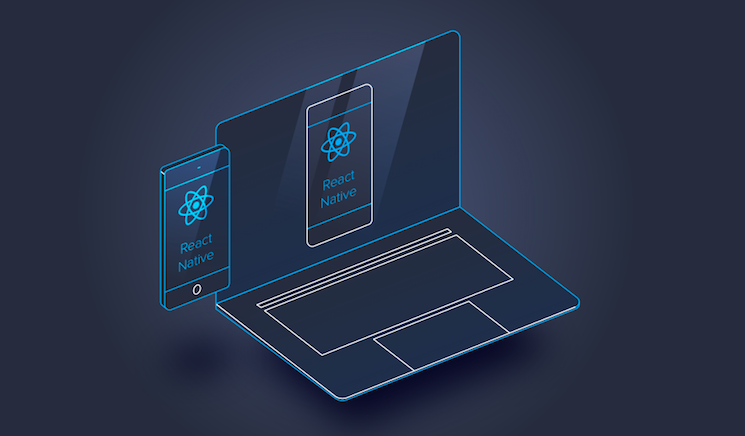
React Native is the best available framework for building a cross-platform mobile app for iOS and Android. The demand for React Native development is increasing, and many organizations and developers rely on the framework and its ecosystem to ship mobile apps.
One common challenge during React Native development is choosing a database for your app. There are a variety of database options available. In this post, we’ll find out what options are available and whether they might fit your requirements, such as supporting offline development capabilities or scaling easily with your user base.
A list of database options that are included in this post:
- Firebase and Cloud Firestore
- SQLite
- Realm Database
- PouchDB
- WatermelonDB
- Vasern
Firebase and Cloud Firestore

Firebase is a Backend as a Service (BaaS) that helps to write well-designed APIs in an opinionated way by keeping the tech stack minimal. Applications are often complex in terms of architecture. Usually, they are implemented as full-stack, or the combination of a frontend and a backend application with a database.
Using Firebase allows you to develop your mobile app without spending too much time to set up a custom server that can communicate securely with a database. It offers a NoSQL database that is commonly known as Firestore.
An important aspect of using Firebase is that the data is synchronized with overall clients in real-time. Firebase offers you methods that you can implement to listen to real-time subscriptions.
It’s also easy to get started when using Firebase. It takes a minimal amount of effort, and Firebase provides a nice dashboard to control the aspects of the database and set your own security rules. Since the Firestore database is based on NoSQL terminology, there is no big learning curve, and the basic concepts of this terminology, such as storing data in the form of collections and documents, apply here as well.
Firebase also gives an option to track a user’s offline and online presence with persistent capabilities. It stores a timestamp when a user gets disconnected from their network.
It is easy to scale databases when using Firebase and Firestore as the backend. It offers different pricing plans to store data, such as the Blaze plan where you can pay as you go.
SQLite

Using SQLite is a common approach for storing and persisting data locally in React Native apps. It was originally designed to provide local storage for mobile apps. It offers a lightweight library based on relational databases and can be integrated easily.
Since it follows SQL-based standards, it can be said that SQLite is ACID compliant. ACID (which stands for atomicity, consistency, isolation, durability) is a set of properties of database transactions intended to guarantee validity even in the event of errors, power failures, and so on.
To persist data for offline usage, there is a package that acts as a native plugin for React Native apps for both iOS and Android platforms. This plugin is called react-native-sqlite-storage. Using this package, iOS and Android native capabilities for persisting data are available as JavaScript APIs.
Security wise, SQLite doesn’t support encryption out of the box. However, there is an extension named SQLite Encryption Extension (or SEE) that is provided on the official website. This extension allows SQLite to read and write data in an encrypted format using algorithms such as AES-128, AES-256, RC4, and so on.
Apart from SEE, there are other extensions available such as SQLCipher, SQLiteCrypt, and so on, that can be used to encrypt data when using the SQLite database in React Native apps.
#react native #firebase #firestore #database #react #programming
